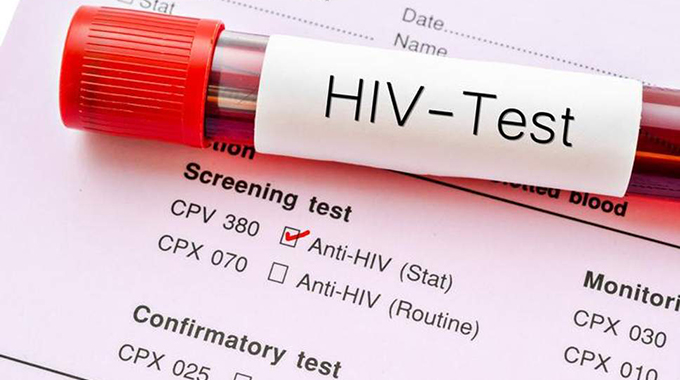Study names Zim’s HIV hotspots

Bulawayo Bureau
BULAWAYO, Harare, Ruwa and Chitungwiza have been identified as HIV hotspots, with the highest number of infected people not on treatment amid reports that risky sexual behaviour continues to drive the epidemic in Zimbabwe. A study carried out by AVERT, an international evidence-based HIV and sexual health information organisation, shows that a number of women are engaging in early sex in poorer areas which puts them at risk.
AVERT, a UK-based charity, has been providing information about HIV and sexual health worldwide for over 30 years.
In 2017-18, the organisation says it reached over 13,5 million people on various platforms, including social media outreach, digital projects and other civil society partnerships.
It advocates for people to be able to protect themselves and others from HIV and to have happy and healthy sex lives, contributing to the social and individual change.
In the present study, AVERT concluded that areas linked to commercial transport corridors and diamond mining activities are HIV hotspots particularly for men.
“A detailed geographic analysis of Zimbabwe’s HIV epidemic indicates the greatest concentrations of people living with HIV who lack treatment are in the country’s main cities and urban settlements.
“The most concentrated levels of people living with HIV were found in HIV ‘hotspots’, urban settings such as Harare, Norton, Chitungwiza, Ruwa and Bulawayo,” the report revealed.
According to the study released in January, the four areas should be treated as a priority in terms of HIV targeted prevention and care services.
“More than 230 000 men and 350 000 women were found to be lacking treatment and care and a significant fraction of these people (22 percent) live in HIV hotspots.
“The cities of Harare and Bulawayo alone are home to around 113 000 and 33 000 people living with HIV who are not on treatment,” read the same report.
The AVERT analysis also found that HIV is most prevalent in the southwest of the country, between the provinces of Matabeleland North and South, although high numbers of men and women living with HIV were also found in northern and eastern Zimbabwe.
According to the report, behavioural factors such as having a higher number of lifetime sexual partners, low condom use and having sex at a younger age are driving new HIV cases.
Zimbabwe has one of the worst HIV epidemics in the world with about 13 percent of adults living with HIV and about 41 000 new infections annually.
Despite this, the country has made significant progress towards the UNAIDS 90-90-90 targets by next year. (Where at least 90 percent of the population should know its HIV status, 90 percent of infected people should be on ART and 90 percent achieve viral load suppression).
According to the Ministry of Health and Child Care, 85 percent of people living with HIV are aware of their status, 95 percent are on anti-retroviral treatment and 86 percent of those on treatment are virally suppressed.









Comments